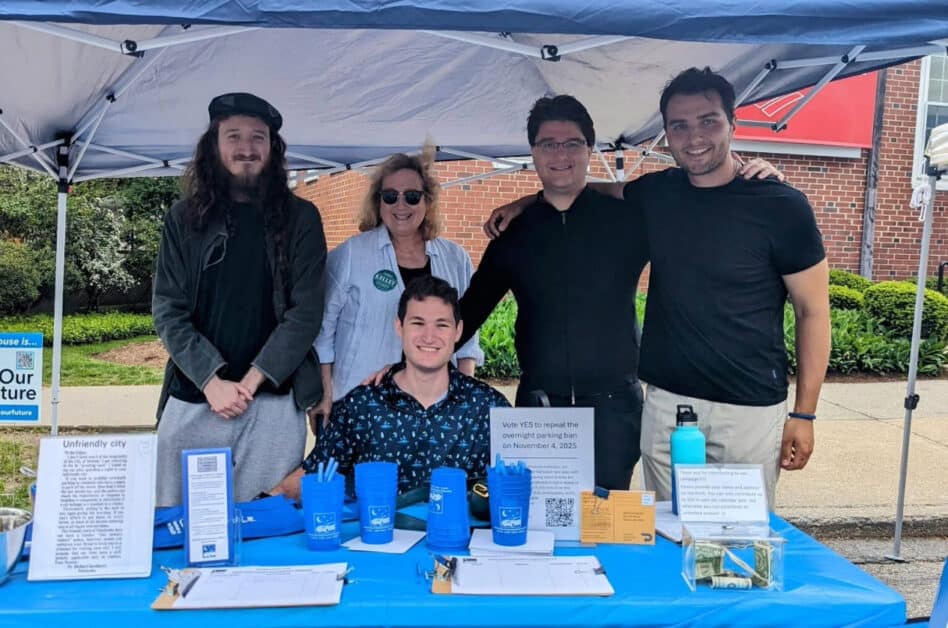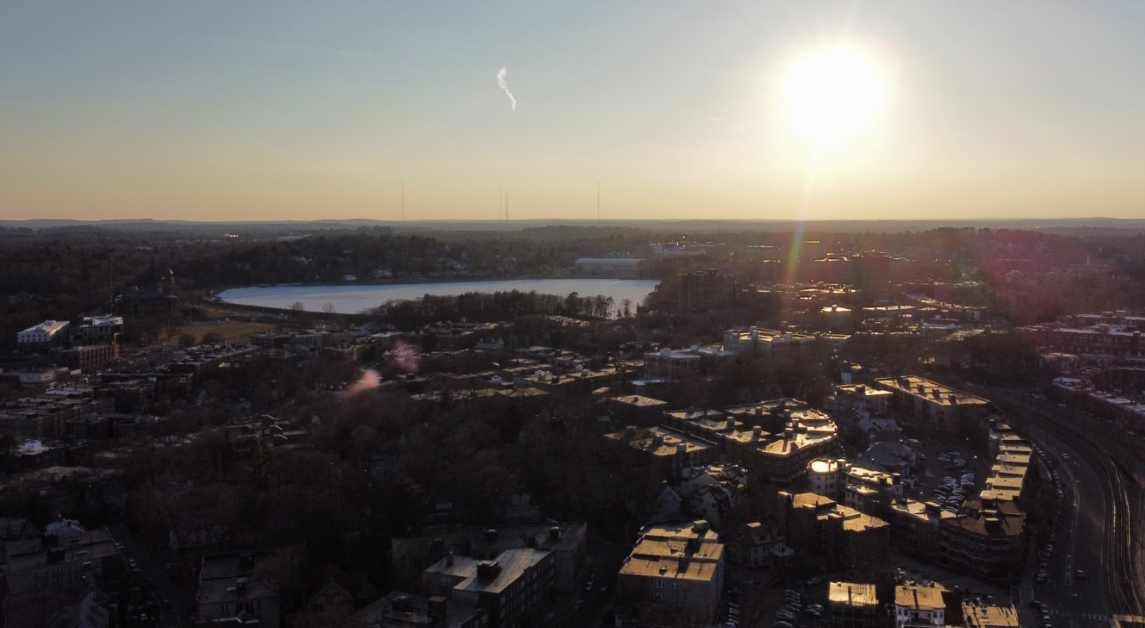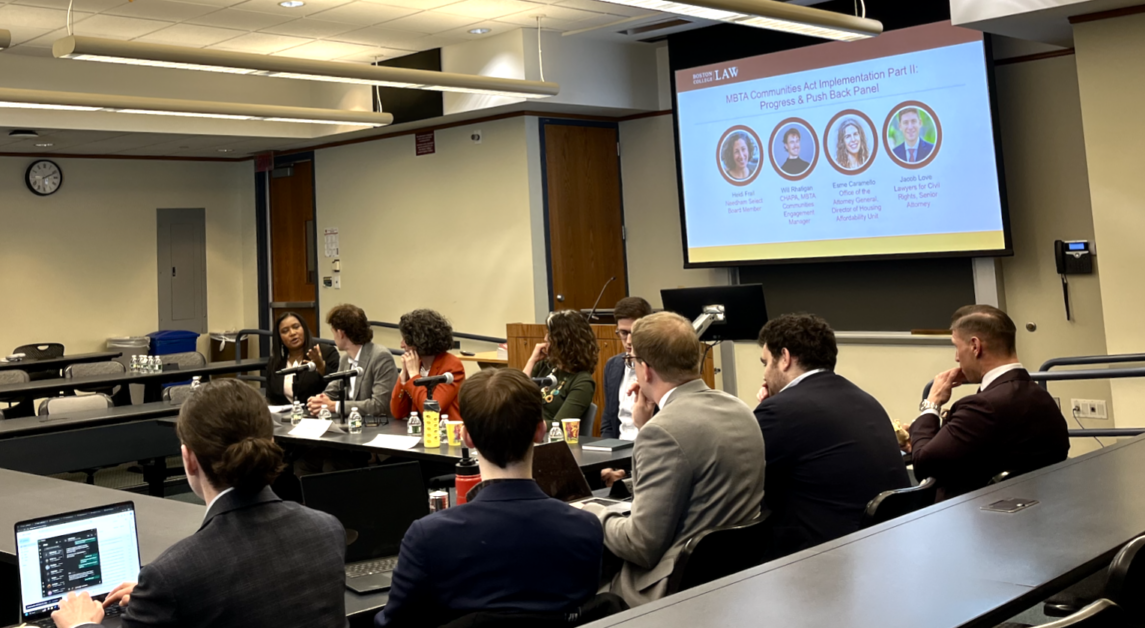Newton’s Zoning and Planning Committee passed new rules for defining floodplains to comply with Federal Emergency Management Agency (FEMA) requirements in its meeting on Monday.
“This is a wonderful juncture, an opportunity to begin to actually tease out these two regulatory authorities and two distinct areas,” said Jennifer Steel, Newton’s chief environmental planner.
Currently, Newton’s ordinances on floodplains contain a “confusing” combination of factual errors, contradictory definitions, and a blend of rules taken from both local and national regulations, according to Steel.
The committee voted unanimously to pass the proposal, which affects two ordinances.
It will update Newton’s FEMA flood ordinance to reflect the new federal maps. Simultaneously, Steel said the federal mandate served as an opportunity to add needed updates to Newton’s existing city-specific flood maps.
Steel said the central issue in the existing legislation is that Newton’s current ordinances contain two sets of designated flood areas—one drawn by local authorities and one drawn by FEMA—without a reliable way to tell which is which.
“Residents, applicants, even staff, don’t really understand the distinction between the federal floodplains and city-designated floodplains because they simply sort of appear as one,” Steel said.
Newton residents’ eligibility for flood insurance under FEMA depends on the city’s compliance with federal rules, and Newton must have updated floodplain laws in effect by July 8, 2025, in order to remain compliant with federal regulators.
“We are required to make the change to the FEMA section, and I don’t want to widow or leave hanging out as it currently does, with this awkward overlap than our existing ordinance,” Steel said.
FEMA’s new designated floodplains tweak the estimations for flood heights in certain parts of Newton. Some have been taken out of designated areas of risk, while others have been added.
Residents who live in areas with changed flooding designations should be notified by the city and their insurer, according to Ward 3 Councilor-at-Large Pamela Wright.
“I think what would be important is a letter going out to these people,” Wright said. “‘Now you’re in a 100-year floodplain if they weren’t before … because that will affect what they need for insurance.”
Steel agreed but added that most of the areas of change don’t include homes.
“In many, many of these areas of change there aren’t houses—there aren’t buildings,” Steel said. “These occur within areas of conservation or what have you, but there certainly are neighborhoods that will be affected.”
The new ordinance will also include an update to Newton’s default floodplain measuring system, according to Steel.
Newton’s current ordinances use an outdated measuring system to determine height in flooding instead of the North American Vertical Datum of 1988, or NAVD 88, the official measurement to judge vertical height as designated by the United States.
Steel said this discrepancy can be problematic for insurance consultants who haven’t worked in the city before.
“If it were on the City of Newton base, it might, for example, be 105.72 feet above sea level,” Steel said. “But as would be described on—what everyone else in North America is now using, this NAVD 88—that same level would be described as being 100 feet above sea level.”
With the new ordinance, the city will publish maps detailing both federal and local outlines for floodplains so residents can understand what their risk is. According to Steel, the past ordinances were written, not drawn into maps, and therefore harder for residents to read.
“We didn’t publicize maps, and so those flood elevations didn’t correspond with the original maps,” Steel said “It was terrible. There was this disconnect.”
Ward 7 Councilor Lisle Baker said that this ordinance was a step forward in making residents’ information more accessible to them.
“Now you can know what’s your scope of your responsibility very easily,” Lisle Baker said. “Before, you had to be an engineer.”














